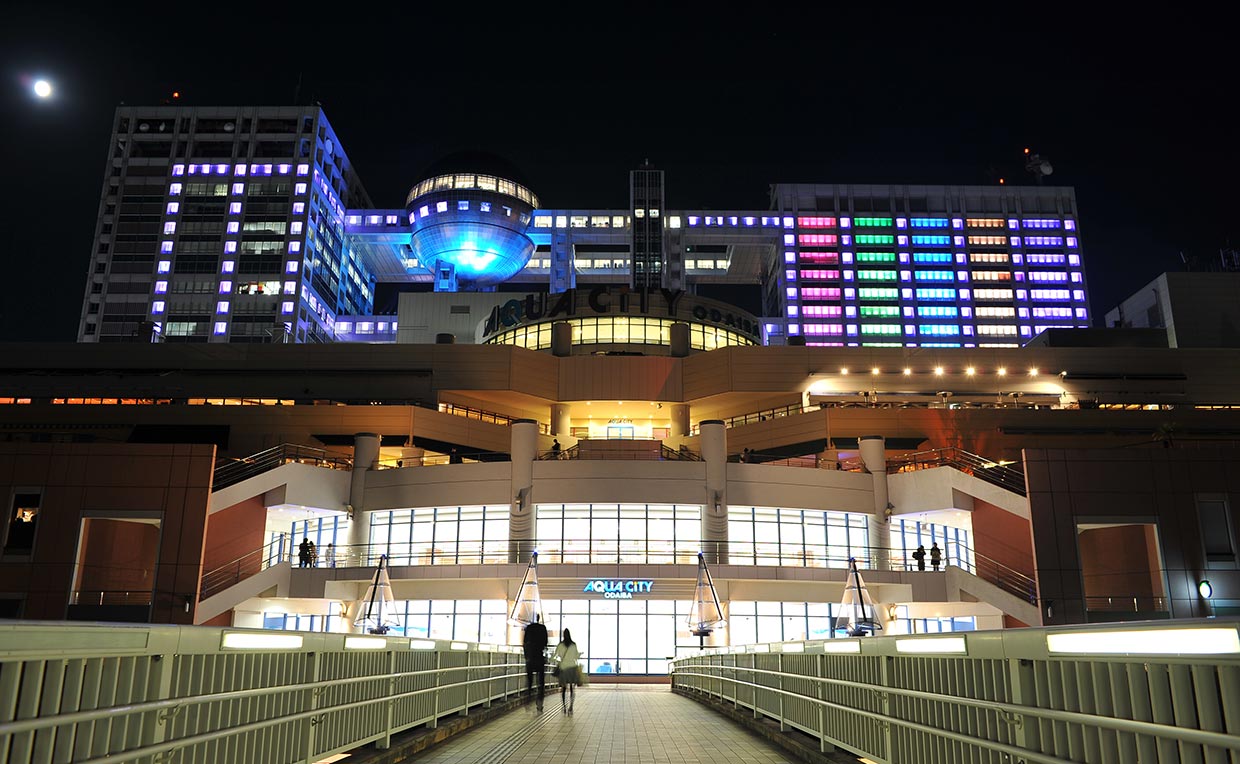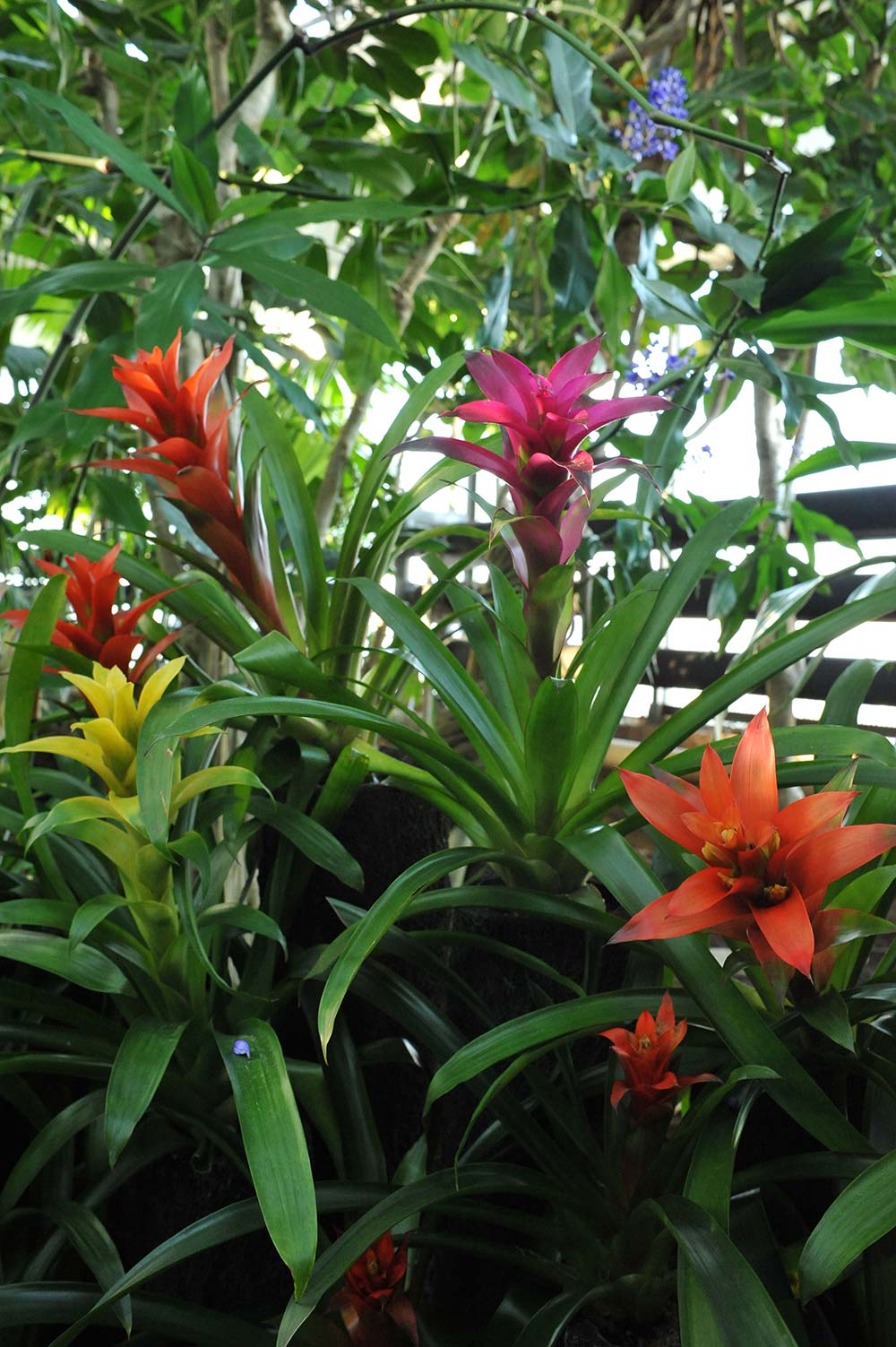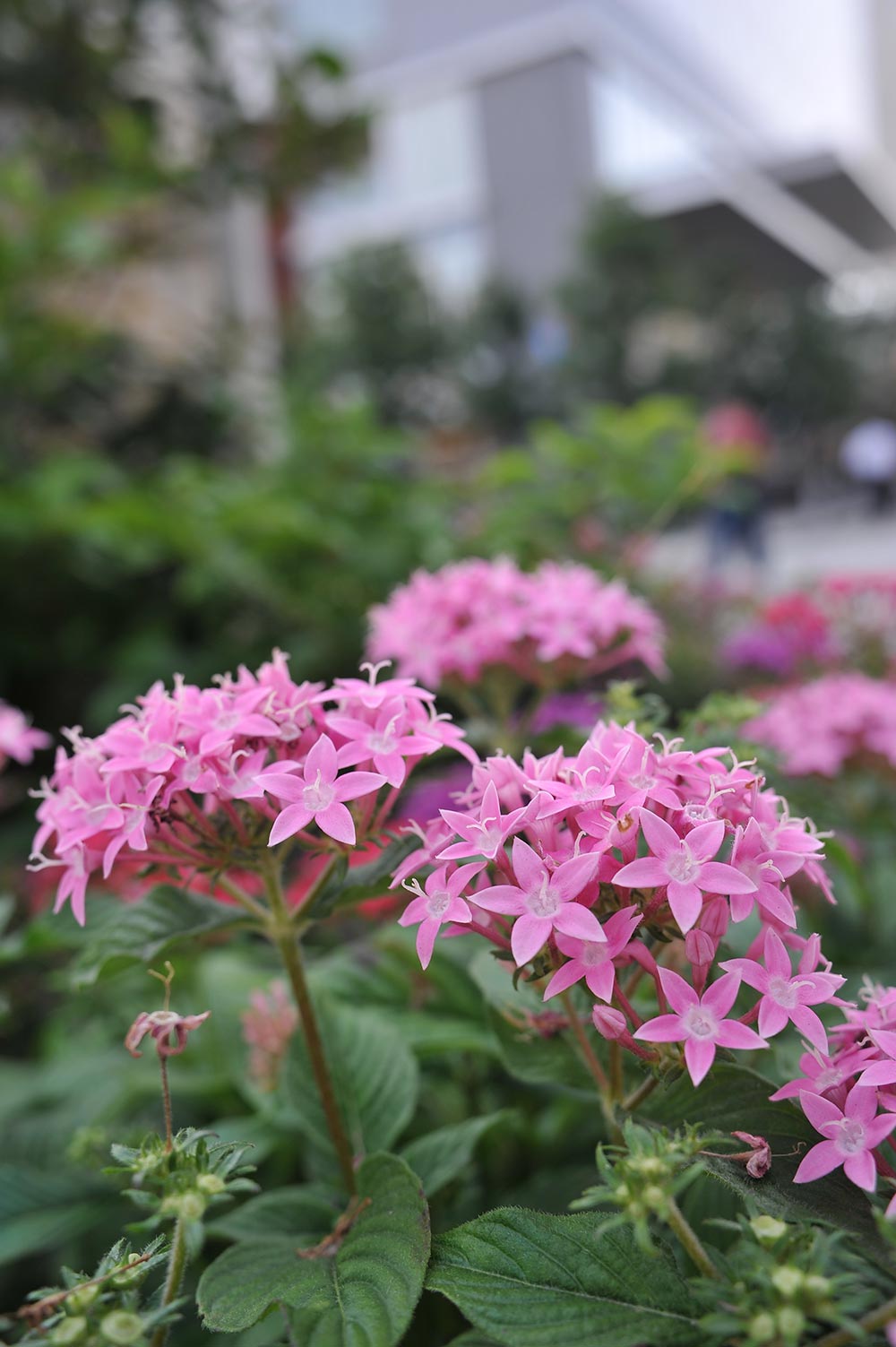NIKKOR - The Thousand and One Nights No.57

AI Nikkor 28mm f/2.8S
Even now, when autofocus lenses are the norm, Nikon keeps some AI-S NIKKOR lenses in its lineup for those who use manual focus lenses. Tale 57 covers the AI Nikkor 28mm f/2.8S, one of these lenses that is cool and popular among experts.
by Kouichi Ohshita
I. Approachability
I imagine that everyone checks brochures and manufacturer websites before purchasing a new lens. When considering a new lens, expectations for the ways in which it will enrich your photo life after purchase grow. Some may consider the ability of the AF-S 200-500mm to capture photos in which wild birds and animals appear closer. Some may hope that the AF-S 14-24mm will allow them to capture starscapes with grand landscapes in the foreground. Others may want an AF-S 58mm f/1.4 that allows them to maximize their enjoyment of beautiful rendering of blur. And still others may consider the fact that while friends may be impressed with a new 400mm lens at the next meeting of the photography club, getting it there could be a problem because it is so heavy. So, which specifications do you focus on when considering a new lens? I'm sure that lens focal length and maximum aperture are the first two aspects people look at. Focal length, which determines the angle of view of the lens, and maximum aperture, which is directly linked to the lens' ability to shoot in darker surroundings as well as its blur characteristics, are the two most basic lens specifications. Naturally, size, weight, and price are also major considerations. If a lens is too large and heavy for users to carry with them, it ultimately will not be used, regardless of how good it is. In addition, too high a price will also put a lens beyond the reach of many users. Some users also place importance on the way a lens looks when mounted on a camera, and whether or not the combination of camera and lens is well balanced.
In addition, too high a price will also put a lens beyond the reach of many users. Some users also place importance on the way a lens looks when mounted on a camera, and whether or not the combination of camera and lens is well balanced.
While many users tend to focus on aspects and specifications like these, I think that more importance should be placed on minimum focus distance and maximum reproduction ratio. These aspects are directly related to the degree of flexibility a lens offers. For example, have you ever photographed flowers with a normal zoom lens, and then switched to a telephoto lens to make the flowers appear larger or closer, only to find that you couldn't make the flowers appear any larger or closer because the minimum focus distance for the telephoto lens was quite long? Micro lenses are the best lenses for situations like this. Therefore, with actual shooting, the minimum focus distance is every bit as important as focal length. If we look at brochures in this way, the unique characteristics of the AI Nikkor 28mm f/2.8S covered in this tale become clear. It has a minimum focus distance of just 20 cm, one of the shortest among wide-angle lenses, and a high maximum reproduction ratio of 1/3.9x. This is one of the reasons this "approachability" is still included in our manual focus lens lineup.
II. 28mm f/2.8 history
Before I introduce this lens, I would like to take a slight detour and look back at Nikon's history with 28mm f/2.8 lenses.
Looking back, I am reminded that Nikon's first 28mm f/2.8 lens was not released until 1974. That's 15 years after the Nikon F was first introduced. While the wide-angle lens lineup expanded steadily with release of the Nikkor-H Auto 28mm f/3.5 in 1960, the 35mm f/2 in 1965, the 24mm f/2.8 in 1967, the 20mm f/3.5 in 1968, and the faster 28mm f/2 in 1971, work on a 28mm lens with a maximum aperture of f/2.8 was put aside. However, that doesn't mean that nothing was done during this time. We continued to examine development of such a lens internally. Based on the results of my research, it seems that trial production of this sort of lens was implemented a total of six times-–three major and three minor for changes in design balance and the like.
With the sixth and final go at trial production, the new Nikkor Auto 28mm f/2.8 was finally introduced in 1974.
At this time, it is unclear why release of this lens took so long. However, with just a check of design performance for the lens produced with the first round of trial production, we see that performance was good, so there seem to have been no technical problems. In order to differentiate ourselves from other manufacturers at that time, Nikon placed priority on developing the even wider 20mm focal length, and the 28mm lens with an even faster f/2 aperture. As a result, I imagine that release of a 28mm f/2.8 lens was put off.
III. AI 28mm f/2.8S
The Nikkor Auto 28mm f/2.8 was renewed, and the AI Nikkor 28mm f/2.8, which used the same optics as its predecessor, was released in 1977. However, with development of the new Nikon Series E lenses and plans to release new AI-S versions of existing AI lenses surfacing, one problem arose. While the basic plan was to make AI lenses AI-S lenses using the same optics, the Series E line included not only a 35mm f/2.5 lens and a 100mm f/2.8 lens, but also a 28mm f/2.8 lens (these lenses were not sold in Japan), and the performance offered by this lens was excellent. Of course, the AI Nikkor lens exhibited very little distortion and superior image formation performance for a wide-angle lens. However, despite the fact that distortion was slightly greater and images tended to exhibit some flare, the Series E 28mm lens offered equivalent performance to that of the AI Nikkor 28mm.
It was important that our Nikkor lenses offer clearly superior performance than Series E lenses. This is how optical design of the 28mm lens was renewed. Mr. Daijiro Fujie was put in charge of design.
Mr. Fujie was active in many fields, not only with photographic lenses, but also with viewfinder optics and device optics. He also took the initiative in the development of PF lenses, though none of these lenses were ever released. Photography was also one of Mr. Fujie's hobbies, one that I hear he continues to actively pursue even in retirement. Mr. Fujie has been a great influence on me as well, both at work and with my own photography.
Many of the sample images included in early The Thousand and One Nights tales were captured with the F301. This has much to do with the fact that the F301 was a favorite of Mr. Fujie's in those days. Mr. Fujie designed the viewfinder and developed a new and brighter focusing screen that made focusing easier. He made the camera smaller and lighter, even with its built-in motor drive, and made the camera capable of auto-exposure with instantaneous metering with which the aperture is stopped down. The result was, in Mr. Fujie's words, "not a high-end, professional sort of camera, but a good camera nonetheless". I purchased an F301 based on Mr. Fujie's description and discovered why it was a camera that he would recommend. There is nothing that particularly stands out about its specs, but it is equipped with all of the functions needed for photography. It is a camera that becomes more and more familiar and comfortable with use. Those were the reasons that my main camera changed from the F2 to the F301.
When Mr. Fujie, who loved photos and photography, was put in charge of renewing the 28mm lens, it is certain that the idea of differentiating the lens from others through its minimum focus distance came to him quite naturally. Making a wide-angle lens the most "approachable" lens (the lens with the shortest minimum focus distance) would enable differentiation in brochure specifications from the Series E lens with the same focal length and maximum aperture, and make it "the one and only" lens that would be popular for a long time to come. After two goes at trial production, the AI Nikkor 28mm f/2.8S was released in 1981.
IV. Lens construction

Fig. 1 is a cross section of this lens. It is comprised of 8 elements in 8 groups, and is a retrofocus-type lens with which the front-most lens element is a convex element. A minimum focus distance of 0.2 m was achieved with a close-range correction system focus mechanism that compensates for variations in aberration at close distances by changing the spacing between the fourth and fifth lens elements while the entire lens extends.
One of the primary features of this lens is the lack of distortion inherited from previous AI Nikkor lenses. Making the front-most lens element a convex element suppresses barrel distortion to approximately one percent for no noticeable distortion with normal shooting. In addition, as spherical aberration and coma are well compensated, users can expect sharp rendering with good contrast throughout most of the frame, even at maximum aperture. However, because some sagittal coma flare, which is always a problem with wide-angle lenses, does remain, rendering at maximum aperture becomes softer closer to the corners of the frame as flare gradually increases. With some scenes, peripheral illumination falloff may become an issue at maximum aperture, but stopping down the aperture to around f/5.6 reduces both peripheral illumination falloff and sagittal coma flare to a point where they are nearly indistinguishable.
The close-range correction enables extremely good results in terms of the flat nature of the image plane and astigmatism, from infinity to the minimum focus distance. Unfortunately, as I mentioned in Tale 28 covering the Ai AF Nikkor 28mm f/1.4D, all aberration cannot be compensated by making a single interval flexible. As the shooting (focus) distance decreases, coma gradually occurs, causing contrast at frame peripheries to drop. To completely eliminate this drop in contrast at the minimum focus distance of 0.2 m, the aperture must be stopped down to around f/11. However, rendering that is more than sufficient for practical use can be achieved at aperture settings of f/5.6 to f/8.
V. Lens rendering

AI Nikkor 28mm f/2.8S and D700; f/2.8, [A], ISO 200, AWB

AI Nikkor 28mm f/2.8S and D700; f/5.6, [A], ISO 200, AWB
Finally, let's take a look at lens rendering with some sample images.
The same scene was captured for Samples 1a and 1b. Sample 1a was captured at maximum aperture while the aperture was stopped down to f/5.6 for Sample 1b. If we look at Sample 1a, it is clear that major parts of the image are rendered sharply and contrast is high at maximum aperture. The corners of the frame look a little veiled as contrast drops somewhat due to sagittal coma, but the drop in contrast is eliminated, making the entire frame sharp and clear, by stopping down the aperture to f/5.6 as in Sample 1b. Sample 1a, captured at maximum aperture, also exhibits some peripheral illumination falloff that makes the sky in the top corners a little darker. This is also eliminated by stopping down the aperture to f/5.6 as in Sample 1b.

AI Nikkor 28mm f/2.8S and D700; f/5.6, [A], ISO 200, AWB
Sample 2 is a night landscape. A gibbous moon is visible in the top left corner. With night landscapes, the characteristic most noticeable with this lens is the clarity of its rendering. This is the result of the superior contrast exhibited by this lens. To make the most of this characteristic, the aperture should be stopped down to f/5.6 to eliminate sagittal coma in the corners of the frame.

AI Nikkor 28mm f/2.8S and D700; f/8, [A], ISO 3200, AWB

AI Nikkor 28mm f/2.8S and D700; f/5.6, [A], ISO 200, AWB
Samples 3 and 4 are close-ups of flowers. Images like these are one of the main reasons people purchase this lens. While telephoto micro lenses are commonly used for close-ups of flowers, this lens allows for capture of not only the intended subject (flowers), but also the background and area around the flowers. This makes this lens the only lens you need for recording flowers and their habitats, and the like, outdoors.
Sample 3 was captured in a hot house at a botanical garden. Though the flowers are not positioned at the minimum focus distance, I like the fact that the vegetation and surroundings are also included. As tripods could not be used in this hot house, a higher sensitivity had to be applied. This ruined the image. I'm sorry for that.
Sample 4 is a close-up of flowers positioned at the minimum focus distance. As this lens allows us to get much closer to the primary subject that do normal lenses, photos that include a close-up of tiny individual flowers, as well as the background, are possible. While the backgrounds in Samples 3 and 4 are both suitably blurred, the aperture was actually stopped down to f/8 and f/5.6 respectively. With close-up photography, even a wide-angle lens exhibits significant amount of blur. Since the aperture must be stopped down to at least f/5.6 to ensure that the entire primary subject remains in focus and that the background ambiance is preserved to some degree, the coma generated by the design with shooting at close distances is not actually a problem.

AI Nikkor 28mm f/2.8S and D700; f/8, [A], ISO 200, AWB
Sample 5 is a backlit scene. While this scene is backlit by the sun positioned just behind the bird in the statue's right hand, no noticeable ghost or flare is generated. Further, I hope you will see that distortion in the structures in the background of both this Sample and Samples 1a/1b is hardly noticeable.
The sample images for this Tale were captured with the AI Nikkor 28mm f/2.8S on a D700, at nearby parks and flower gardens. I very much enjoyed the fresh look and feel of close-ups composed with a wide-angle lens. The breadth of photos that can be captured is greatly expanded by approaching subjects. With a wide-angle lens, even the slightest change in shooting angle can cause the background to change, enabling great variation in the way in which flowers are expressed. Now I understand. Clearly, Mr. Fujie wanted to take pictures like this, and designed a lens that would do so. I hope that everyone will sample the "approachability" of this lens for themselves.

NIKKOR - The Thousand and One Nights
The history of Nikon cameras is also that of NIKKOR lenses. This serial story features fascinating tales of lens design and manufacture.

